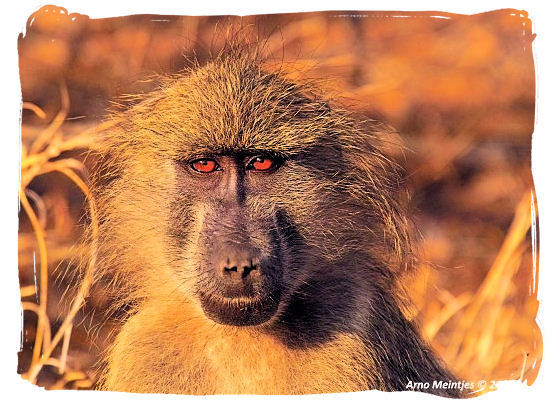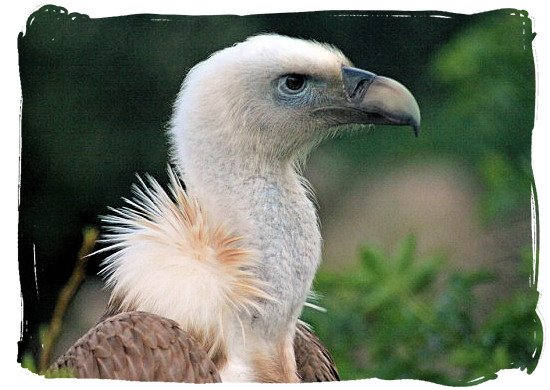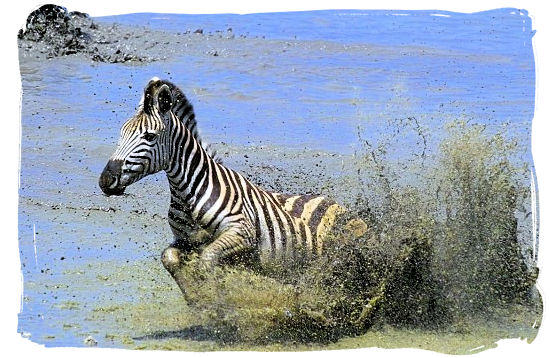You are here:
-
Home
›
-
National parks in South Africa
›
-
Marakele National Park
›
-
Marakele National Park climate
Marakele National Park climate
ideal for a great African bush experience
The Marakele National Park climate is in the
southern hemisphere, which means that the seasons are the reverse of those in Europe, the United
States and everywhere else on the northern hemisphere.
The Park lies in South Africa, which enjoys one of the world's highest average daily hours of
sunshine, a total of 8,5 sunshine hours per day, compared with for instance 3,8 in London, 6,4 in
Rome and 6,9 in new York.
In general, climate conditions in South Africa range from Mediterranean in the south-western
corner of the country, to temperate on the interior plateau, and subtropical in the northeast. A
small area in the northwest has a desert climate.

Baboons are quite common in most parts of South Africa
Marakele National Park Climate, Thabazimbi Waterberg - copyright © Arno en Louise Meintjes
With its temperate climate and good summer rainfall, Marakele National Park provides a great setting for a bush
experience. Within the Park, there is an altitudinal variation of 1 038 meters between the Waterberg Mountains at 2 088
meters above sea level to the low-lying plains at 1 050 meters above sea level.

One of the 800 breeding pairs of Cape Griffin Vultures in the Park
Marakele Park Climate, Thabazimbi Waterberg - copyright © Arno en Louise Meintjes
The summers are certainly hot, but without the stifling humidity so typical of the eastern lowveld and for that matter,
the Kruger National Park. The mean daily maximum temperatures for January (midsummer) and the mean daily minimum
temperatures for July (midwinter) are 26,8° C to 30,2° C and 1,6° C to 6,4° C respectively.

A Burchells zebra on the run
Marakele National Park Climate, Thabazimbi Waterberg - copyright © Arno en Louise Meintjes
The park is situated in the summer rainfall region and rainfall occurs in the form of heavy thunderstorms or soft rain,
the majority of which falls during the months of October to April. The mean annual rainfall varies from 48mm on the plains
to 719mm at the highest point in the Waterberg Mountain Range.

A pair of Giraffes enjoying the sunrise
Marakele National Park Climate, Thabazimbi Waterberg - copyright © Arno en Louise Meintjes
Winter is moderate with frost occurring in the low-lying regions only. Mornings and nights can be cold, but day temperatures
are pleasant. All in all Marakele National Park is much cooler and less humid than the Kruger National Park and this,
together with the fact that it is situated in a “Malaria Free” region, makes it an attractive tourist destination.
Top of Page
-
Home
›
-
National parks in South Africa
›
-
Marakele National Park
›
-
Marakele National Park climate

